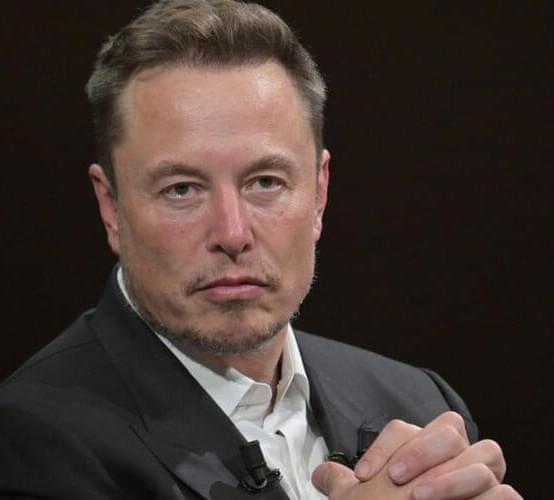The company said it may also use user data to train A.I. models.
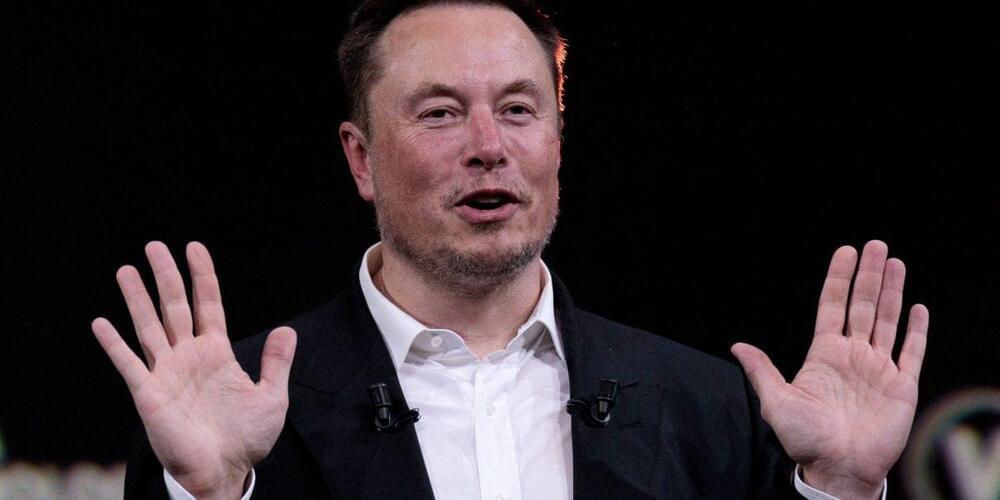


Electronic music artist, generative AI enthusiast and on-off Elon Musk partner Claire “Grimes” Boucher seems to want to build bridges between the tech billionaire and the trans community he’s alienated so relentlesslly.
In a wide-ranging new interview with Wired, Boucher mentioned that she’d had a “big, long conversation” with her kids’ dad about “the trans thing,” and came to a similar conclusion as she made when publicly replying to one of his transphobic tweets: that bigotry isn’t in his “heart.”
“I was like, ‘I want to dissect why you’re so stressed about this,’” the artist, who also goes by the letter c, told the magazine. “Getting to the heart of what Elon says helps me get to the heart of what other people’s issues are, because it’s this über guy situation.”

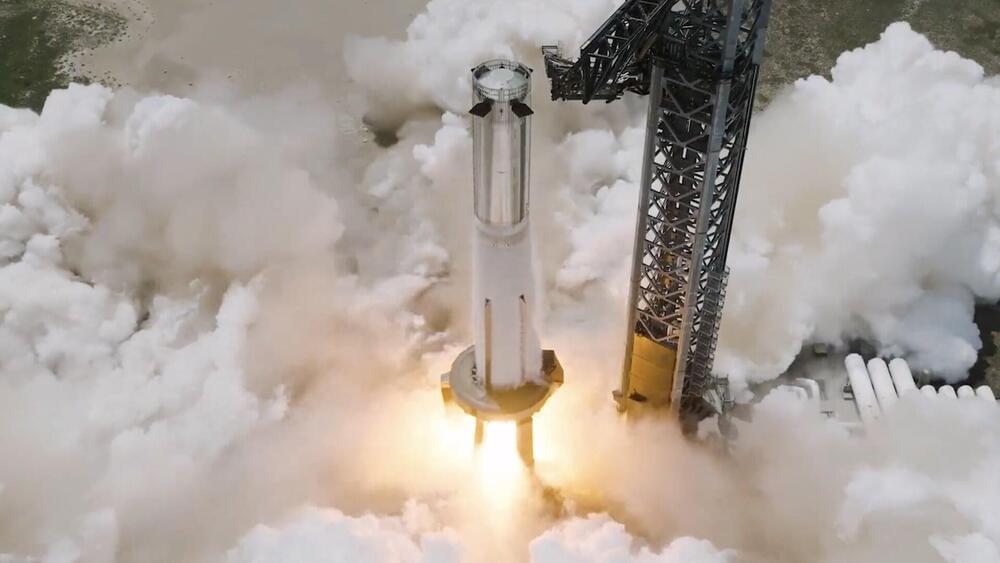
The latest static fire engine test is part of SpaceX’s final preparations for the second test flight of Starship.
SpaceX has successfully performed another static fire engine test on its Super Heavy prototype, Booster 9.
The company is preparing for the second flight test of the massive rocket and CEO Elon Musk recently stated it could happen “soon.”
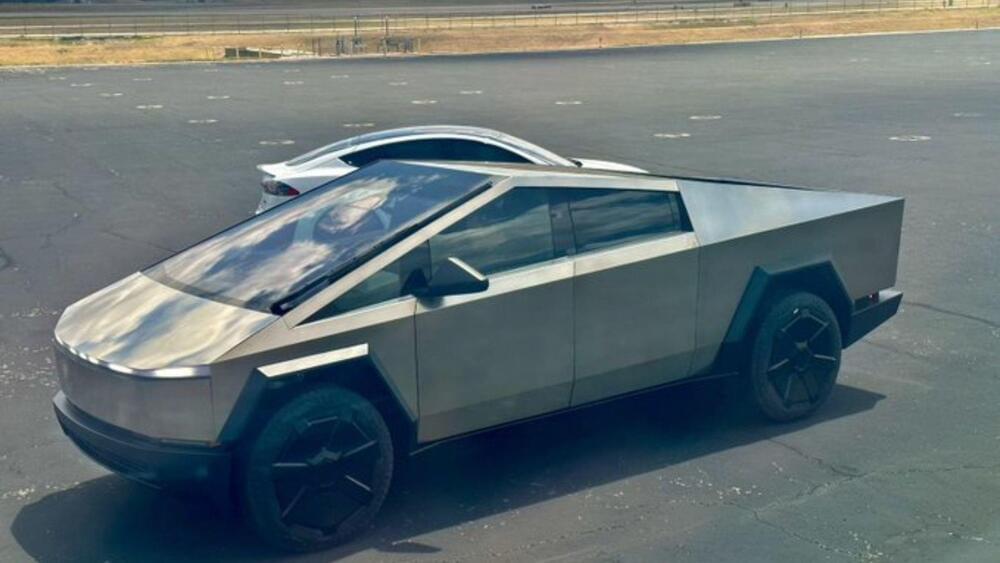
The Tesla CEO keeps pushing his employees to achieve more, sometimes even the impossible.
Elon Musk allegedly asked Tesla employees to ensure that Cybertruck production achieves single-digit micron tolerance, much like Lego or even soda cans are made with. This instruction was sent to employees in an email, which was later leaked, Electrek.
The Cybertruck is Tesla’s most awaited electric vehicle, running several years behind schedule and expected to begin deliveries by the end of this quarter. The vehicle’s iconic shape piqued many potential buyers’ interest when unveiled in 2019.

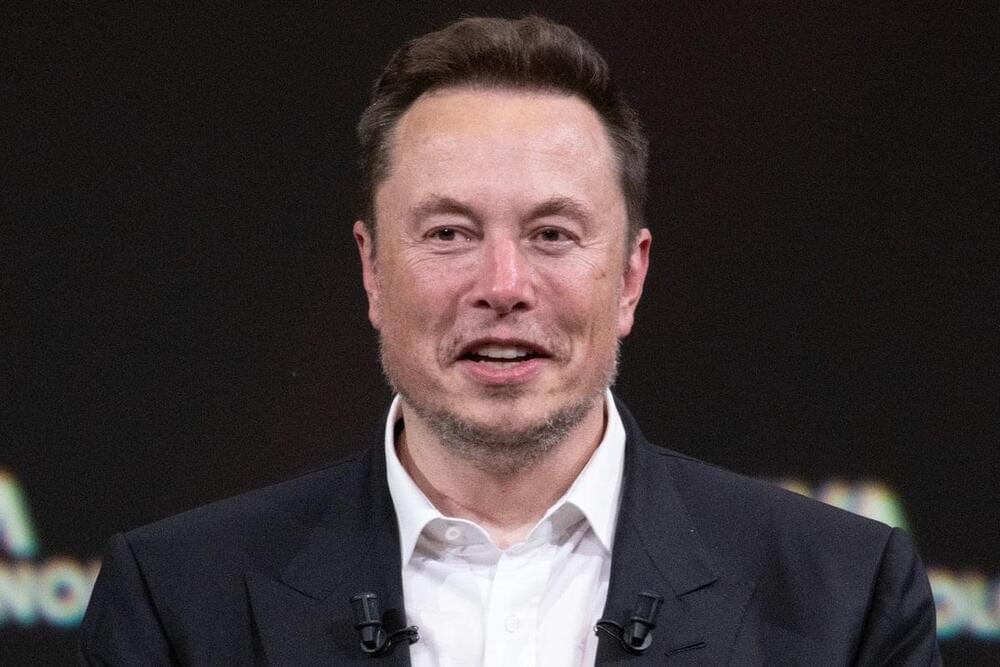
Tesla Inc TSLA CEO Elon Musk on Wednesday spoke about his desk, or lack of it, at the company headquarters in Texas.
What Happened: Previously, Musk said, he would move his desk around the factory to wherever the biggest problem was. However, now, he doesn’t have a desk, the CEO said.
“These days, I don’t have a desk, but the room I use for meetings at HQ overlooks the Model Y end of line,” Musk wrote. He was responding to a fan on X.com who shared an old video of Musk showing his desk in the middle of the factory.

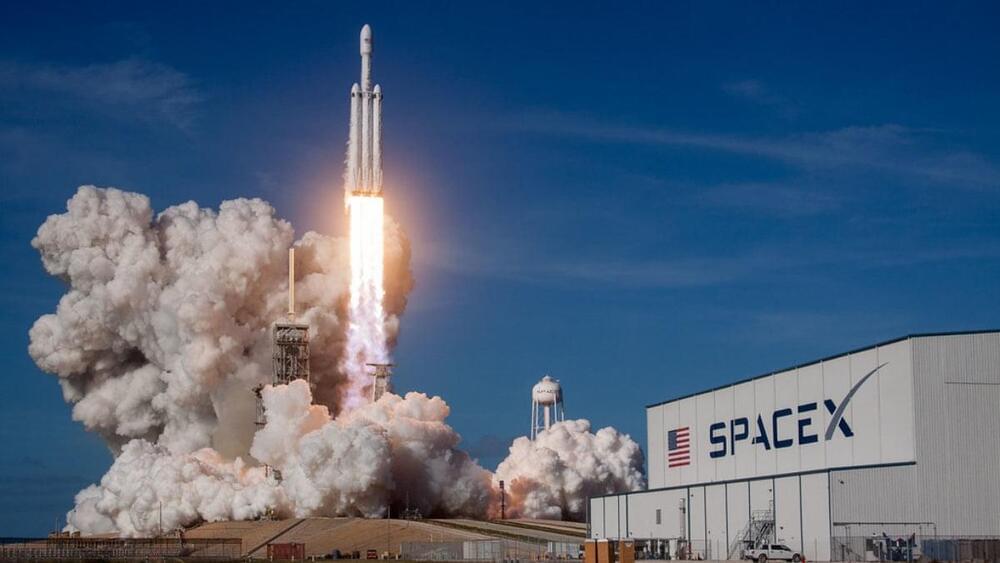
SpaceX, led by Elon Musk, has reportedly achievedability in the first quarter of 2023, marking a significant milestone for the privately owned rocket company. According to the Wall Street Journal (WSJ), SpaceX reported a of $55 million on $1.5 billion in revenue for the January-to-March period. This success comes after two years of narrowing losses, with the company managing to cut its 2022 losses to $559 million from the previous year’s $968 million while doubling its revenue to $4.6 billion.
The positive financial results reflect SpaceX’s growing revenue, driven in part by its Starlink internet satellite service and the development of its ambitious Starship rocket. The company’s surging revenue has enabled it to make progress towardability while pursuing its ambitious goals in space exploration and satellite communication.
The WSJ report also sheds light on SpaceX’s significant expenses, with the company recording total expenses of $5.2 billion in 2022, up from $3.3 billion in the previous year. Despite these costs, SpaceX’sability in the first quarter signals the potential for its ongoing success as it continues to innovate and expand its operations in the space industry.
